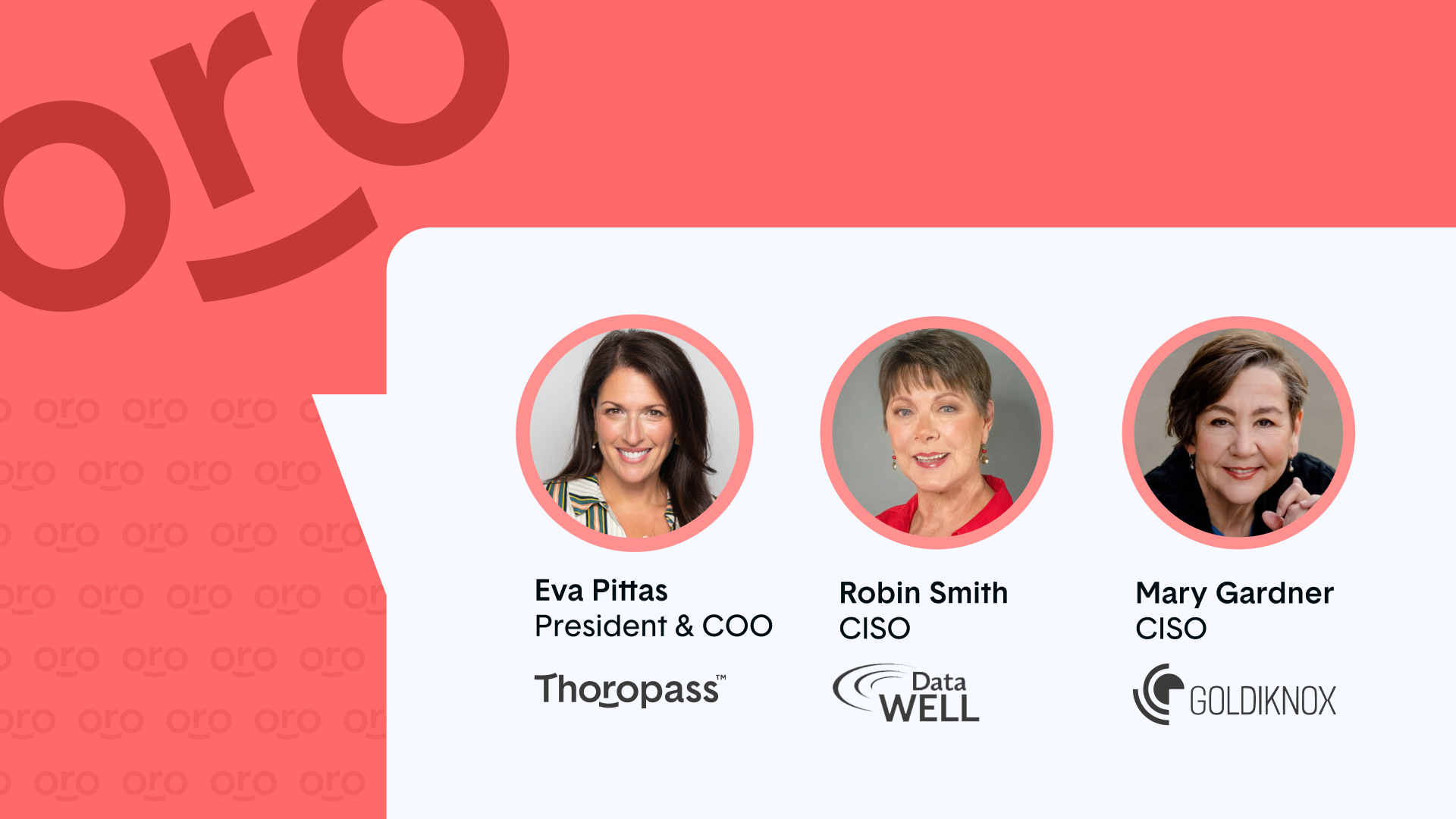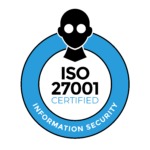In the dynamic realm of technology, where breaking barriers and setting new benchmarks is a formidable task, women are demonstrating remarkable resilience as they navigate careers in the male-dominated compliance and information security industry. So earlier this year, in recognition of Women’s History Month, we hosted a webinar, Elevating Women in Compliance and Technology, featuring a panel of female industry leaders, including:
- Eva Pittas, Co-founder and COO of Thoropass
- Robin Smith, CSO of DataWELL
- Mary Gardner, CISO of GoldiKnox
Eva, Robin, and Mary share insights gleaned from the challenges they’ve navigated and the triumphs they’ve celebrated. Here are five key takeaways from the webinar for technology professionals looking to take the next step in their careers, regardless of where they sit in their organization or their years of experience. Get ready to be inspired by trailblazers who’ve not only garnered success but have also paved the way for more women to follow in their footsteps.
You can watch the full discussion here or continue reading for some highlights.
#1. Indirect career path? Don’t sweat it.
Every career path is a unique journey. If your background isn’t in information security, but you’ve developed a passion for the work, you’re not alone. Mary Gardner, for instance, shares her story of discovering cybersecurity on her path to becoming a biologist. She advises women to take educated risks and stay curious when venturing outside their area of expertise.
Meanwhile, Robin Smith shares how she established an interest in information security by way of her work in accounting, explaining:
At the same time, Mary Gardner points out that your mentor doesn’t have to be someone who sits above you in your org chart. She describes how an engineering team lead who reported to her was a great mentor for her when it came to enacting hiring practices to build diverse teams. She says:
If you don’t have mentors at work, don’t pressure yourself to find them. The panelists describe how having a mentor is organic–a matter of who shows up at different points in your life and whose skills can guide and inspire you.
#3. To earn buy-in, anchor compliance in business strategy.
The participants all underscored the need to include compliance and information security professionals in business strategy discussions. Aligning security initiatives with business objectives is the key to getting traction in your organization.
Robin Smith points to the value of running cost/benefit analyses to get executive buy-in for your information security initiatives. Even introductory coursework in finance or economics can help you talk the talk. She describes:
Mary Gardner agrees that so much of getting buy-in is being able to speak the language of the business. As she grew in her career, she learned from a CFO how to approach board meetings to set herself up for success, saying:
#4. Women in infosec are charting a course for future leaders.
The panel describes nuanced experiences working in a field where men outnumber their female counterparts. While they agree that women in information security face significant challenges like pay disparities and underrepresentation, they describe being outwardly respected and valued by their male peers. At the same time, they describe being keenly familiar with the feeling of being one of the only women or the only woman in a meeting.
Building on this, Robin Smith describes the disheartening experience of finding men-only leadership pages while researching potential vendors, saying:
It’s suit and tie, suit and tie, suit and tie, suit and tie… There are inroads to be made. Hopefully, as women continue this path,
we’ll bring more in and elevate more into those roles, so we start to see if it’s a suit and tie, it’s a Diane Keaton suit and tie.
Despite these challenges, opportunities are expanding, particularly in data privacy and security. Diverse backgrounds are increasingly valuable, and women are paving the way for others. Eva Pittas describes creating a women’s council in a past role, saying:
[We created the council] for women to support other women…
When you have someone who respects you, who you’re building a relationship with, and you support one another and give back, it’s just so powerful… Being intentional with this is really a differentiator.
The panelists stress the importance of networking to overcome barriers and express optimism about future changes toward more inclusive leadership and diverse teams.
#5. Don’t become complacent about compliance.
As compliance and cybersecurity rapidly evolve, staying informed on future trends and necessary skills is crucial for career growth. For Robin Smith, the impact artificial intelligence will have on information security is top-of-mind. She offers advice on how to keep up over the next five to 10 years, saying:
[AI] is going to quickly leave you in the dust if you’re not figuring out how to partner with the business… If you become the person of ‘no,’ you’re going to become obsolete…
Constantly [keep] up with these new developments so that as they’re coming about, you’re not blindsided by them.
Eva echoes the same sentiment, saying that the future comes down to figuring out how to become an enabler. Mary sees cybersecurity professionals as being well-positioned to be enablers within their organizations, saying:
Closing words
The compliance and cybersecurity landscape and technological progress are inherently linked. In the age of AI adoption, there’s tremendous promise for professionals who can detect and articulate risk and link cybersecurity with business strategy. If you’re an analytical thinker who wants a fast-moving career in an ever-changing landscape, then now’s your time to shine. If you’re ready to see what powerful automation, unmatched expertise, and high-quality audits can do for your business, book time with a Thoropass expert now.

Related Posts
Stay connected
Subscribe to receive new blog articles and updates from Thoropass in your inbox.
Want to join our team?
Help Thoropass ensure that compliance never gets in the way of innovation.














.png)